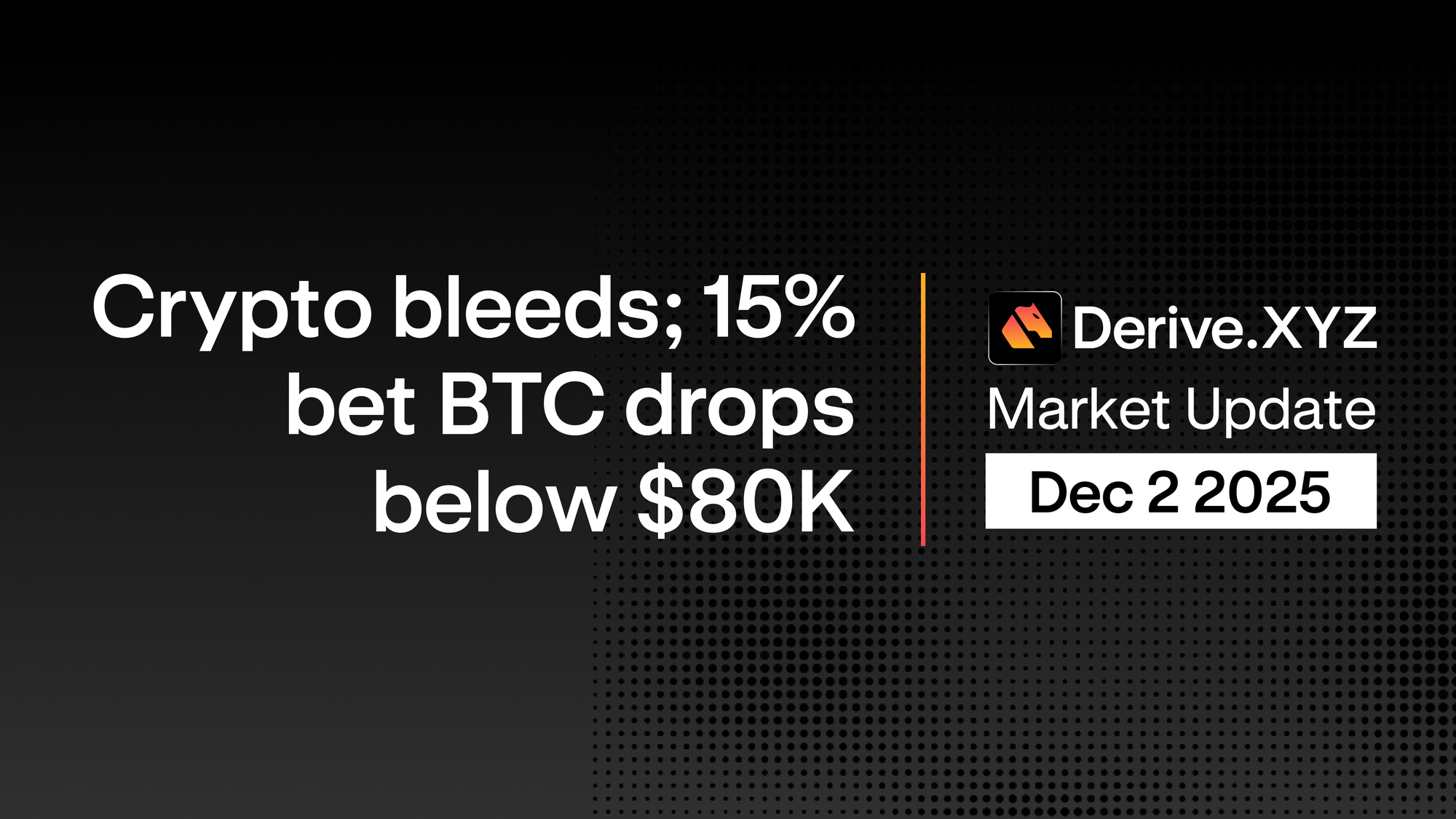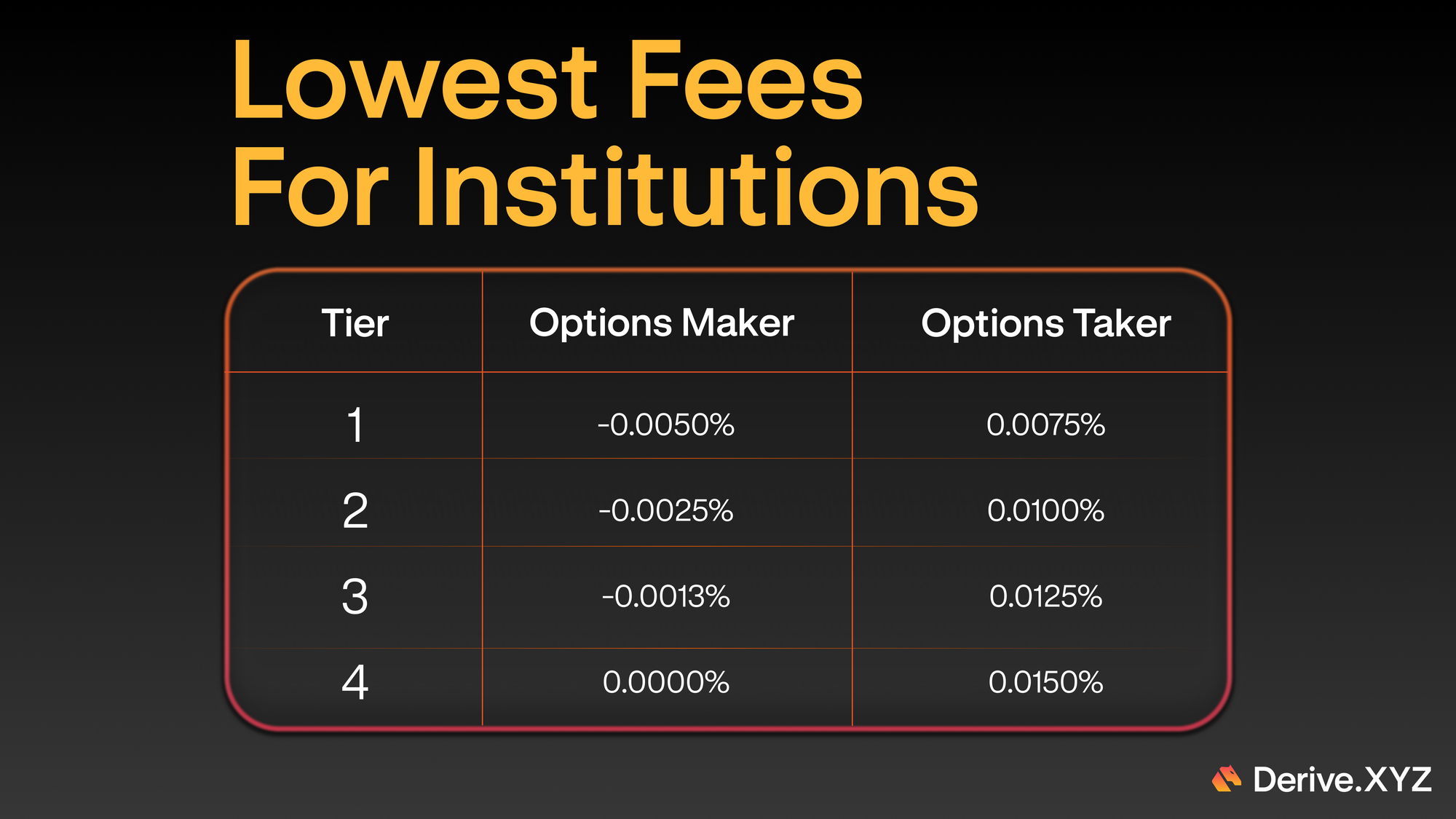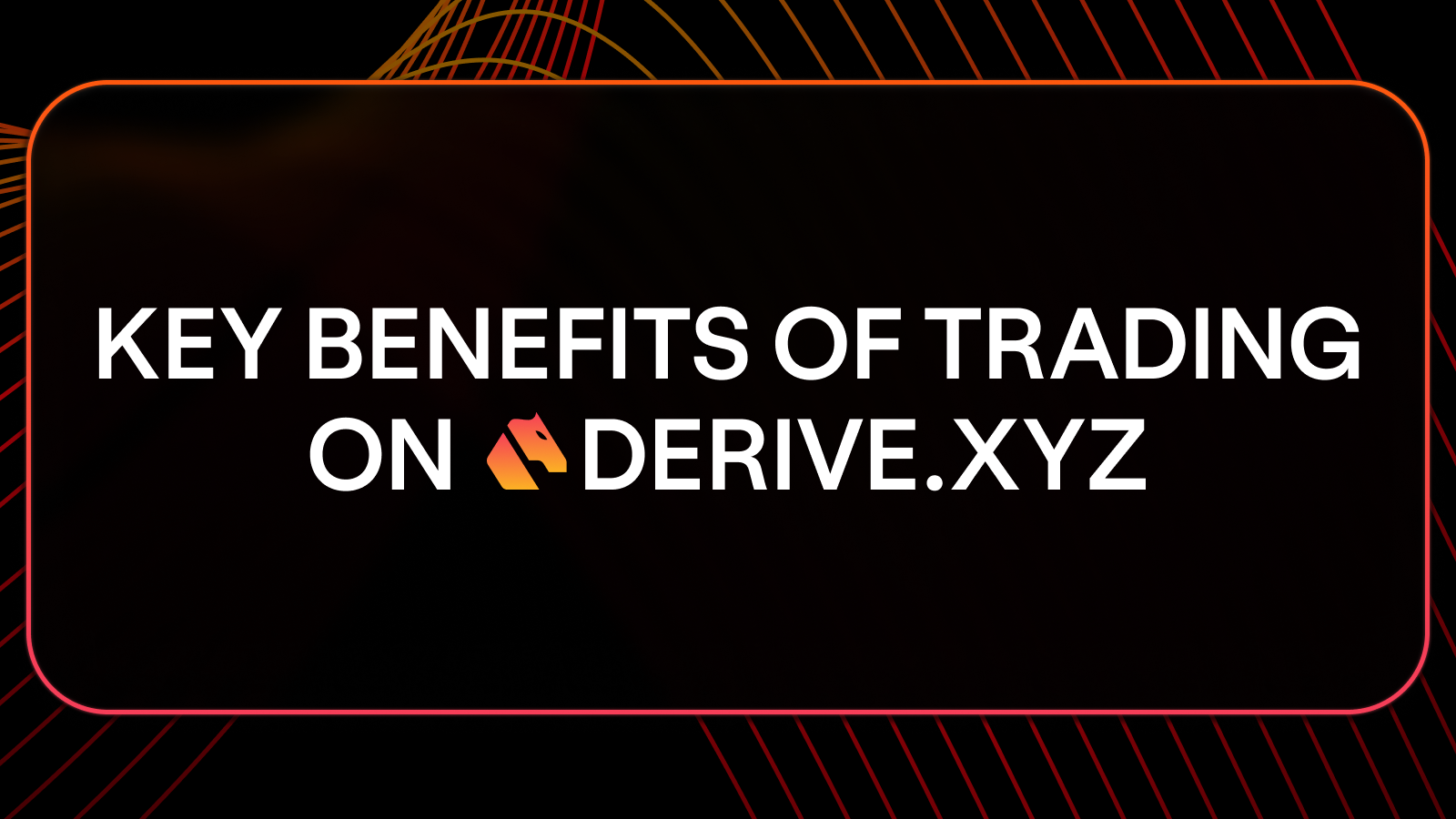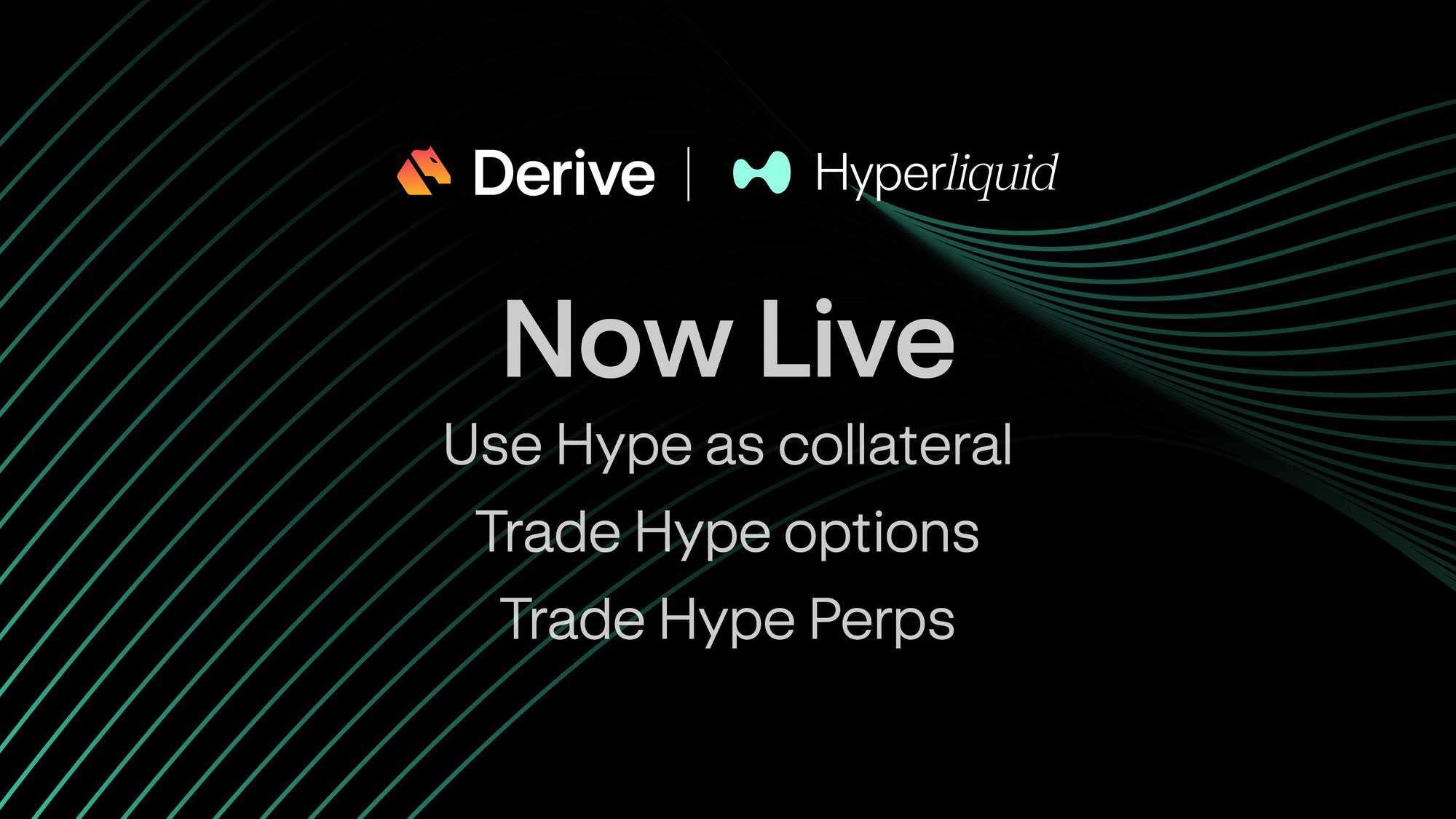See how professionals use complex option structures in live crypto markets for real-world objectives.
The theory is now in place. To take your trading to the next level, you need to see how advanced option strategies play out in real crypto environments.
Today, we break down a series of real-world case studies, each illustrating how professionals structure, manage, and adapt complex options trades using Derive.
Case Study 1: Hedging a Large Spot Position Using Options
Scenario:
A fund holds a significant long ETH spot position. They are bullish long-term but expect a period of volatility or correction over the next month.
Structure:
- Buy an at-the-money put (protects against downside)
- Sell an out-of-the-money call (collects premium, offsets put cost)
Why this works:
- This collar structure limits downside without fully capping upside
- Premium collected reduces cost of protection
On Derive:
- Build with one ticket, view net Greeks and margin
- Track both legs in a dedicated subaccount
Case Study 2: Yield Enhancement with Short Strangles
Scenario:
A market maker wants to generate yield in a low-volatility period, expecting BTC to remain in a tight range.
Structure:
- Sell an out-of-the-money call
- Sell an out-of-the-money put (same expiry)
Why this works:
- Collects premium from both sides
- Profits as long as BTC remains between strikes
Risks:
- Losses if BTC breaks out of the range sharply
- Needs active monitoring and potential adjustments
On Derive:
- Use portfolio Greeks to ensure Delta-neutrality
- Track PnL and risk in a separate subaccount
Case Study 3: Leveraged Directional Bets with Spreads
Scenario:
A trader has a strong short-term bullish thesis on SOL, but wants to cap downside and reduce premium outlay.
Structure:
- Buy a call at the money
- Sell a higher strike call (vertical call spread)
Why this works:
- Provides leveraged upside with limited loss
- Lower premium compared to outright call purchase
On Derive:
- Visualize payoff before entry
- Margin calculated instantly, all Greeks updated live
Case Study 4: Volatility Trading Around Major Events
Scenario:
An institution expects large volatility from an upcoming ETH ETF decision.
Structure:
- Buy a straddle at the current strike
Why this works:
- Profits if ETH makes a large move in either direction
- Loses only if ETH stays near the strike and IV collapses
On Derive:
- Monitor changes in implied and realized volatility
- Adjust or close before event resolution to lock in premium
Key Takeaways
- Advanced structures let you hedge, enhance yield, or target volatility in a risk-defined way
- Subaccounts and Greeks monitoring are essential for tracking complex trades
- Derive’s platform supports these strategies with live margin, PnL, and risk analytics
Your Action Today
- Pick one case study that fits your trading goals
- Replicate the structure on Derive in a paper or live account
- Track the Greeks, margin, and PnL in real time
- Write down what you learn about execution, adjustment, and risk
Tomorrow, we move to structuring option trades for funds and DAOs, including liquidity, reporting, and governance best practices.
Coming tomorrow:
Day 38 – Structuring Option Trades for Funds and DAOs: Liquidity, Reporting, and Governance
Hasta manana
Cpt

















